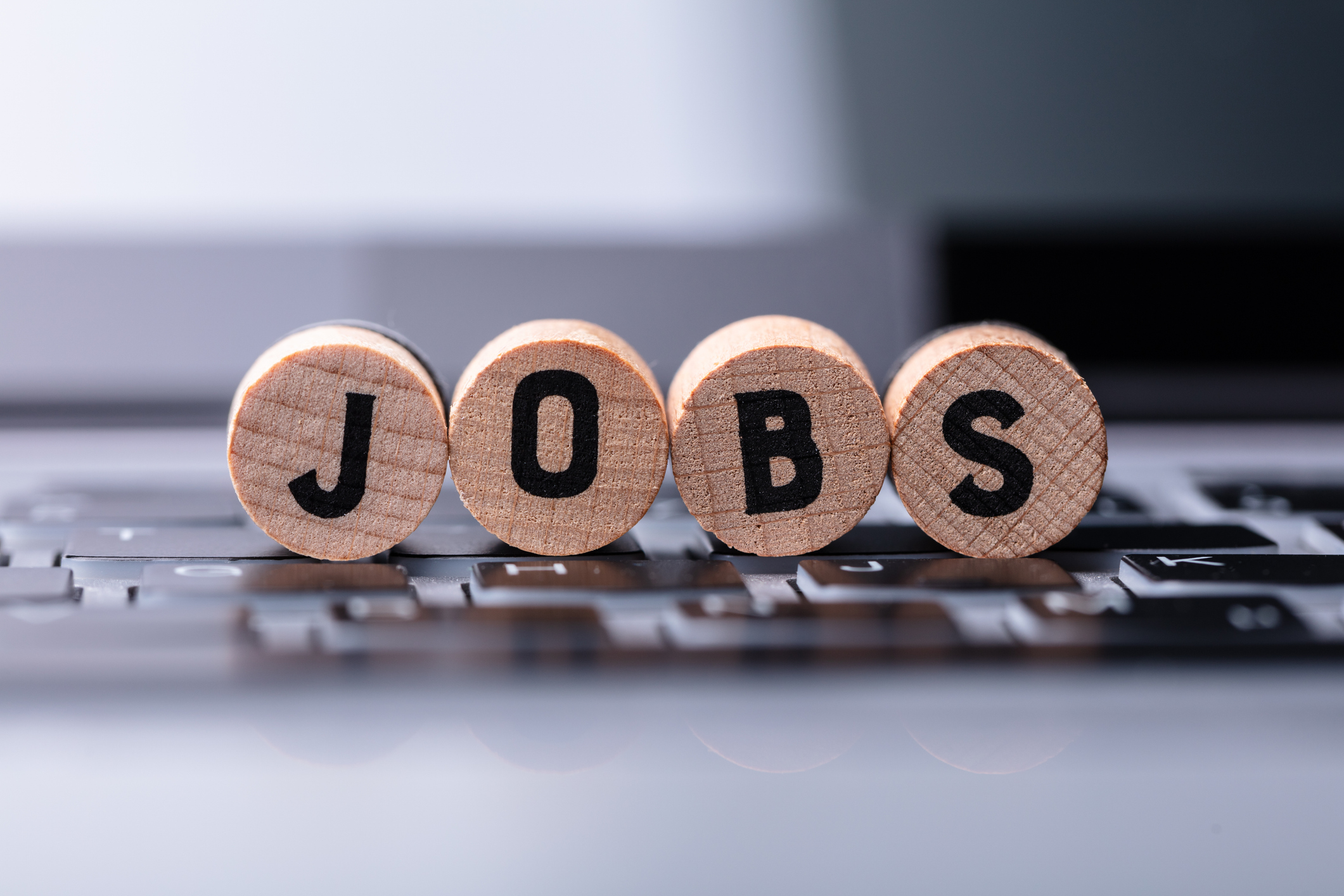How Dividend-Paying Stocks Can Energize Your Portfolio
They can help provide you a nice income stream, but be aware that they do carry some risks.


When individuals approach or reach retirement age, it’s only natural that they start having questions about the amount of risk they may be carrying in their portfolios.
But if you also want to see their investments continue to show strong growth, you can be left with a quandary. If you reduce risk, your yield may drop. If you keep your portfolio substantially the same, all you can do is hope the market meets or exceeds your expectations.
It’s in times like these that I suggest taking a look at dividend-paying stocks, if you want to stay in the stock market.
From just $107.88 $24.99 for Kiplinger Personal Finance
Become a smarter, better informed investor. Subscribe from just $107.88 $24.99, plus get up to 4 Special Issues

Sign up for Kiplinger’s Free Newsletters
Profit and prosper with the best of expert advice on investing, taxes, retirement, personal finance and more - straight to your e-mail.
Profit and prosper with the best of expert advice - straight to your e-mail.
The reason: They help reduce the volatility of your overall portfolio.
How so? To answer that, let's look at the similarities between dividend-paying stocks and real estate (though they're very different assets).
When you buy property, beyond whatever personal plans you might have for it, you also hope that property will appreciate in value. But you also understand that it could lose value, as was illustrated several years back during the housing-market collapse.
But what if you buy a rental property? The value can still go up or down, but if you can land a good tenant who provides you regular rental income, then the appreciation and depreciation factors become less of a concern.
Dividend-paying stocks may give you that same potential for regular income. You can still strive for a decent return on your investment while potentially having greater confidence in your retirement strategy because of regular dividend payments. Dividend payments — like that rent payment — can help smooth over those volatile-market edges.
At least mostly.
If you look back to 2008, when the recession was in full tilt, even good dividend stocks took a beating. It just wasn’t as bad as the beating other stocks endured. So don’t think this is a cure-all. It’s not. But it is worth exploring what dividend-paying stocks can help you accomplish.
Here’s one example that’s especially relevant these days: It’s no secret that interest rates have been at all-time lows, leaving limited options for some investors looking for a guaranteed return without taking a risk. Years ago, retirees might have put money in a certificate of deposit at the bank and been perfectly happy with the return, but these days that same CD probably isn’t even keeping up with inflation.
Dividend-paying stocks provide a nice alternative because they give some comfort to those who seek to limit risk while providing payments that generally yield more than typical interest-bearing accounts.
That said, it’s important to recognize that dividend-paying stocks and interest-bearing accounts are not equivalent in risk. Dividend-paying stocks are still subject to market volatility and cannot guarantee a profit or prevent the loss of principal during periods of market declines. Remember, we’re still talking stocks here. But as with so many things in investing, and in life, with risk comes the possibility of reward.
As you contemplate whether to add some dividend-paying stocks to your portfolio, let me offer just a few additional caveats.
Simply picking the stock that pays the highest dividend isn’t always the best approach. Sometimes a high dividend means greater risk because the company is in a perilous financial position. The high dividend can be a way the company rewards investors for the big risk they are taking.
The more conservative approach is to buy a quality stock — one with a solid company that’s not in such precarious shape — and possibly accept a smaller dividend.
Another strategy would be to build your portfolio with companies that historically have always increased their dividends — even in tough times. This means the company has a respect and understanding of how important that dividend is to the investor. They don’t want to decrease the dividend because it makes them look unhealthy as a company — and that’s to your advantage. Again, it is important to remember, nothing is certain and that just because a company has historically increased or paid dividends, they may not always continue to do so.
Dividend-paying stocks aren’t going to solve all that ails you. But in these low-interest times, they could be the tonic that can add a little pep to your portfolio.
Senior Investment Adviser Chris Hobart is the founder of Hobart Financial Group, based in Charlotte, North Carolina. He is a Registered Financial Consultant, Investment Adviser Representative and licensed insurance agent.
Ronnie Blair contributed to this article.
Profit and prosper with the best of Kiplinger's advice on investing, taxes, retirement, personal finance and much more. Delivered daily. Enter your email in the box and click Sign Me Up.

Senior investment adviser Chris Hobart is the founder of the Hobart Financial Group, based in Charlotte, N.C. A graduate of the University of North Carolina at Chapel Hill, he is a Registered Financial Consultant, Investment Adviser Representative and licensed insurance agent. He is a nationally recognized financial commentator and frequently appears on CNBC, Fox Business, CBS and local Charlotte news programs.
-
 Law Reversal Looming? Trump Eyes 2026 Gambling Winnings Tax Change
Law Reversal Looming? Trump Eyes 2026 Gambling Winnings Tax ChangeTax Deductions It's no secret that the IRS is coming after your gambling winnings in 2026. But how long will that last?
-
 Trump's Plan to Eliminate Income Tax: 7 Things to Know Now
Trump's Plan to Eliminate Income Tax: 7 Things to Know NowTax Policy The potential consequences of eliminating taxes in favor of Trump tariffs could impact everything from inflation to Social Security and might give some U.S. taxpayers pause.
-
 The Delayed November Jobs Report Is Out. Here's What It Means for the Fed and Rate Cuts
The Delayed November Jobs Report Is Out. Here's What It Means for the Fed and Rate CutsThe November jobs report came in higher than expected, although it still shows plenty of signs of weakness in the labor market.
-
 Your Year-End Tax and Estate Planning Review Just Got Urgent
Your Year-End Tax and Estate Planning Review Just Got UrgentChanging tax rules and falling interest rates mean financial planning is more important than ever as 2025 ends. There's still time to make these five key moves.
-
 What Makes This Business So Successful? We Find Out From the Founder's Kids
What Makes This Business So Successful? We Find Out From the Founder's KidsThe children of Morgan Clayton share how their father's wisdom, life experience and caring nature have turned their family business into a respected powerhouse.
-
 Past Performance Is Not Indicative of Your Financial Adviser's Expertise
Past Performance Is Not Indicative of Your Financial Adviser's ExpertiseMany people find a financial adviser by searching online or asking for referrals from friends or family. This can actually end up costing you big-time.
-
 I'm a Financial Planner: If You're Not Doing Roth Conversions, You Need to Read This
I'm a Financial Planner: If You're Not Doing Roth Conversions, You Need to Read ThisRoth conversions and other Roth strategies can be complex, but don't dismiss these tax planning tools outright. They could really work for you and your heirs.
-
 Could Traditional Retirement Expectations Be Killing Us? A Retirement Psychologist Makes the Case
Could Traditional Retirement Expectations Be Killing Us? A Retirement Psychologist Makes the CaseA retirement psychologist makes the case: A fulfilling retirement begins with a blueprint for living, rather than simply the accumulation of a large nest egg.
-
 I'm a Financial Adviser: This Is How You Can Adapt to Social Security Uncertainty
I'm a Financial Adviser: This Is How You Can Adapt to Social Security UncertaintyRather than letting the unknowns make you anxious, focus on building a flexible income strategy that can adapt to possible future Social Security changes.
-
 I'm a Financial Planner for Millionaires: Here's How to Give Your Kids Cash Gifts Without Triggering IRS Paperwork
I'm a Financial Planner for Millionaires: Here's How to Give Your Kids Cash Gifts Without Triggering IRS PaperworkMost people can gift large sums without paying tax or filing a return, especially by structuring gifts across two tax years or splitting gifts with a spouse.
-
 'Boomer Candy' Investments Might Seem Sweet, But They Can Have a Sour Aftertaste
'Boomer Candy' Investments Might Seem Sweet, But They Can Have a Sour AftertasteProducts such as index annuities, structured notes and buffered ETFs might seem appealing, but sometimes they can rob you of flexibility and trap your capital.